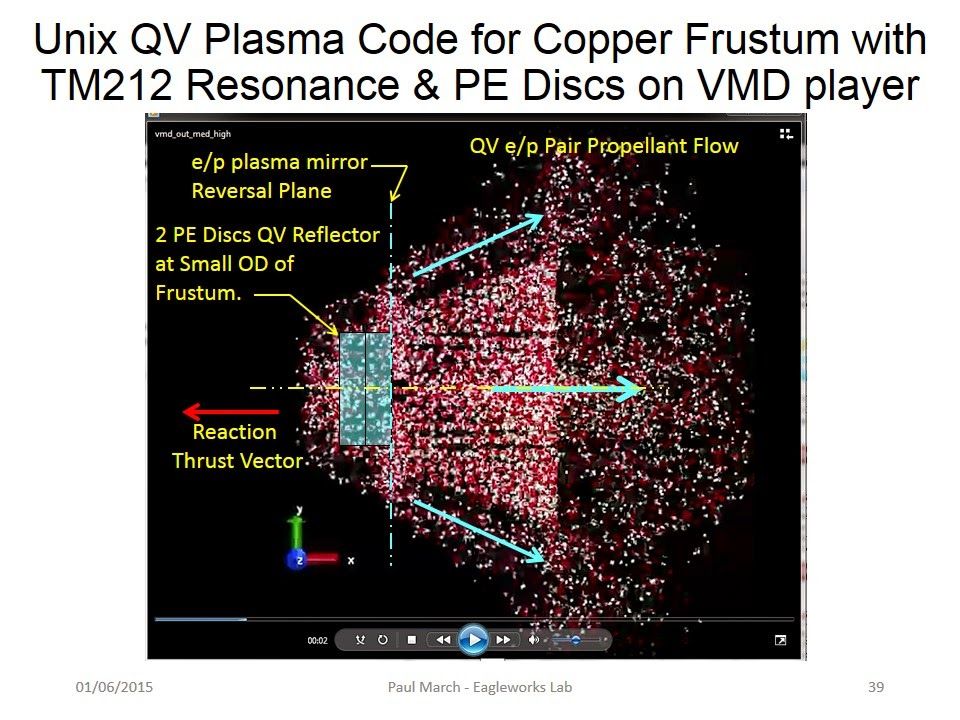Nov 3, 2015
Skype founders invent self-driving robot that can deliver groceries for £1
Posted by Lily Graca in categories: business, internet, robotics/AI, transportation
The local delivery market is worth approximately £150bn in the UK alone. This includes parcel and delivery companies (20 pc) and personal shopping trips by people (80 pc). Starship said that robot deliveries are potentially five to fifteen times cheaper than current “human-powered” delivery services.
“It does not take the whole delivery chain from an Amazon warehouse to your doorstep, it only takes the last few miles. But right now the last few miles are the most difficult part for the delivery vans. They need to find parking spaces and so forth, so our robot is taking care of that,” said Mr Heinla.
“For the large e-commerce companies it helps to reduce the costs. For the local businesses it opens up new possibilities, allowing people to order deliveries over the internet rather than coming to the store physically.”


















